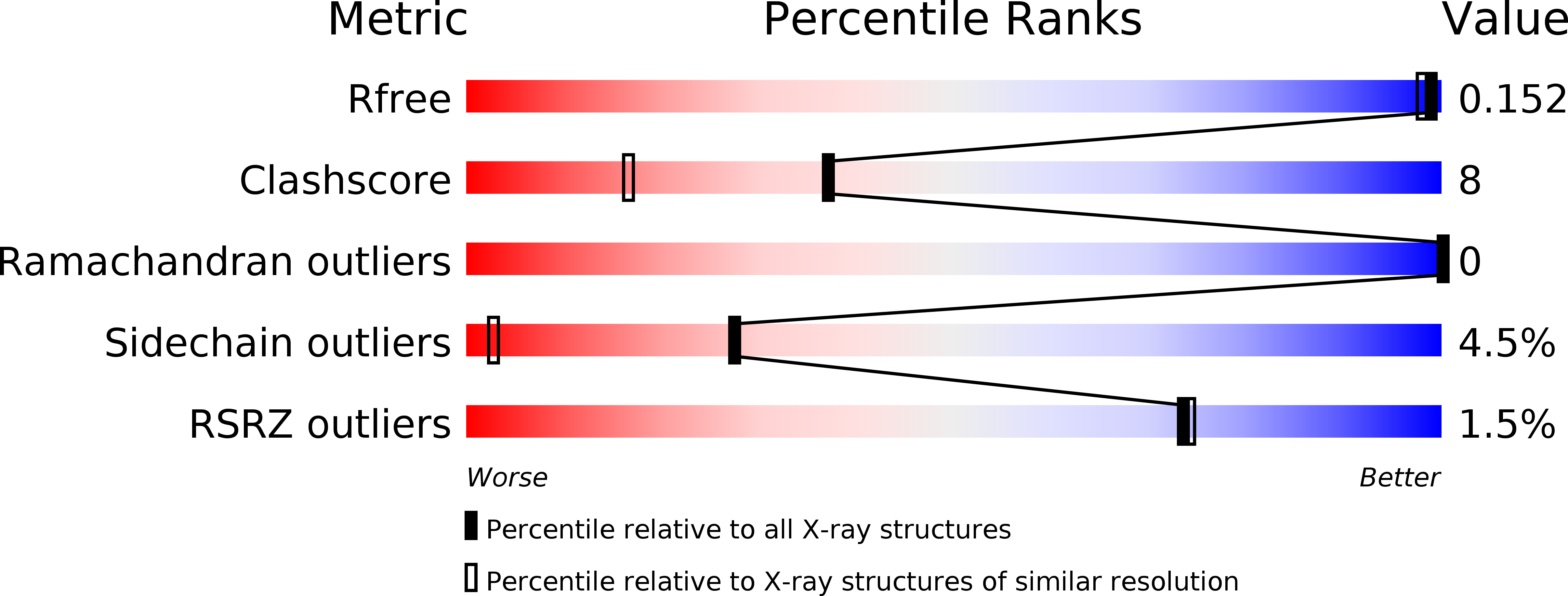
Deposition Date
2005-12-22
Release Date
2006-01-31
Last Version Date
2024-02-14
Entry Detail
PDB ID:
2FGQ
Keywords:
Title:
High resolution X-ray structure of Omp32 in complex with malate
Biological Source:
Source Organism:
Delftia acidovorans (Taxon ID: 80866)
Method Details:
Experimental Method:
Resolution:
1.45 Å
R-Value Free:
0.17
R-Value Work:
0.14
R-Value Observed:
0.14
Space Group:
P 63


